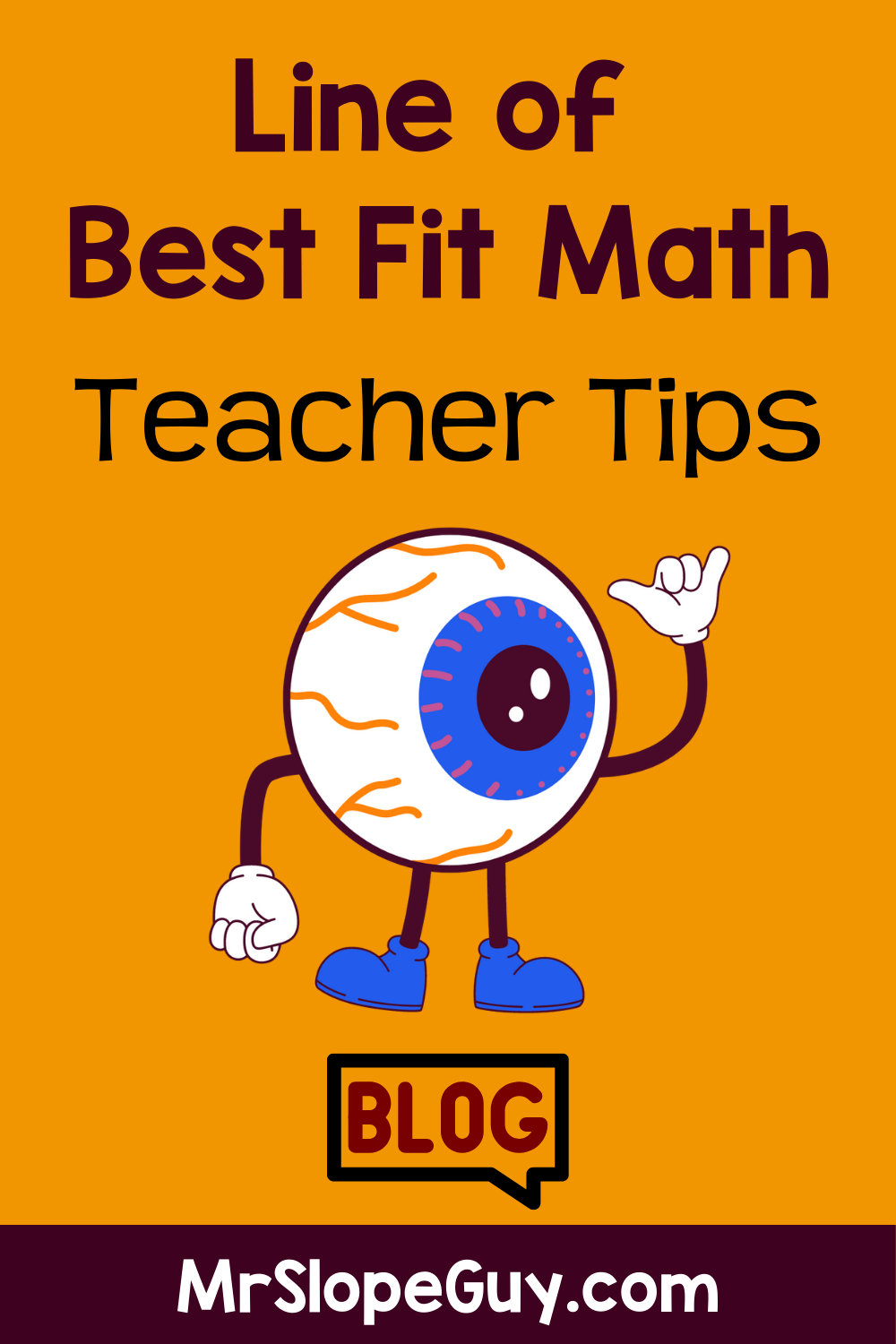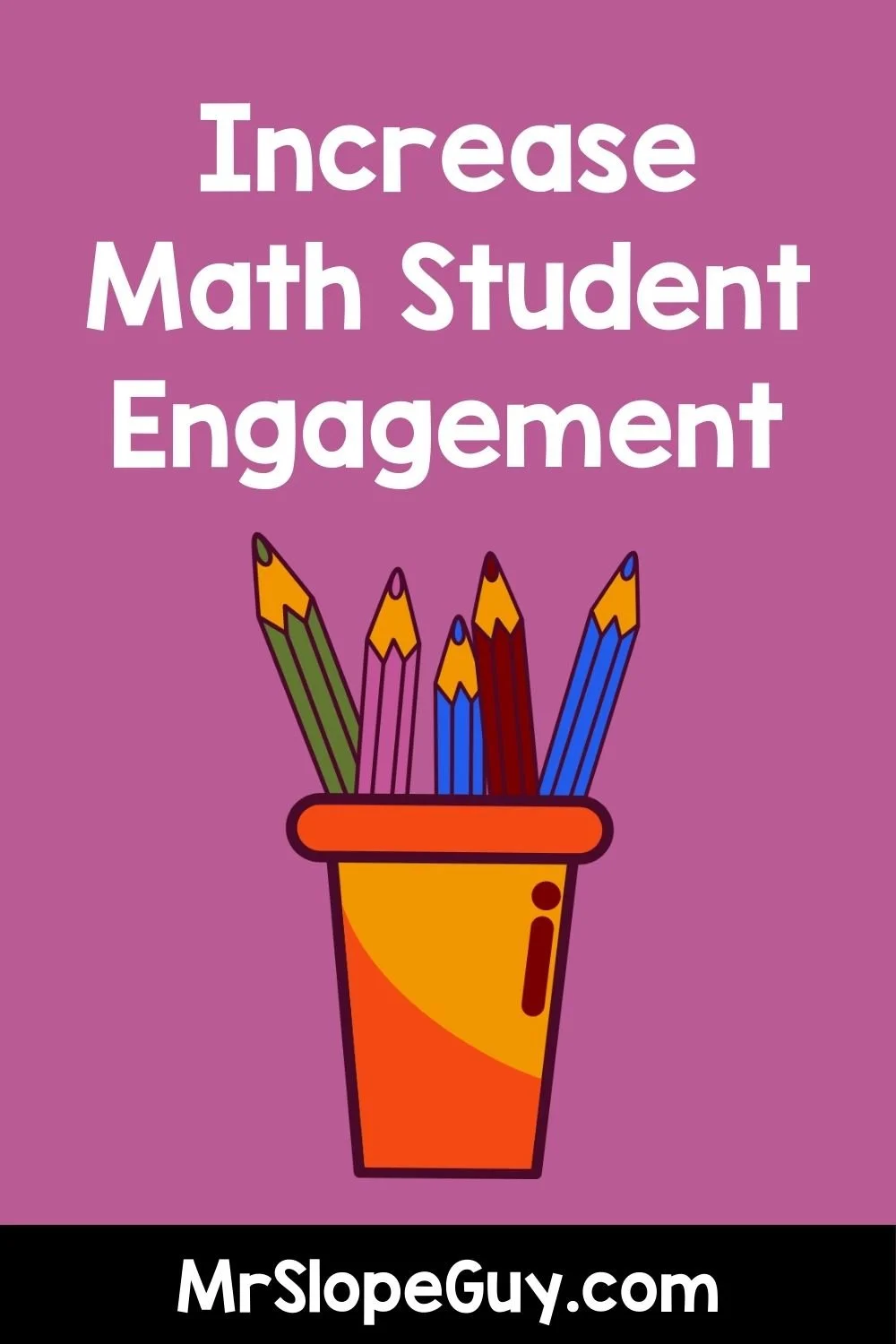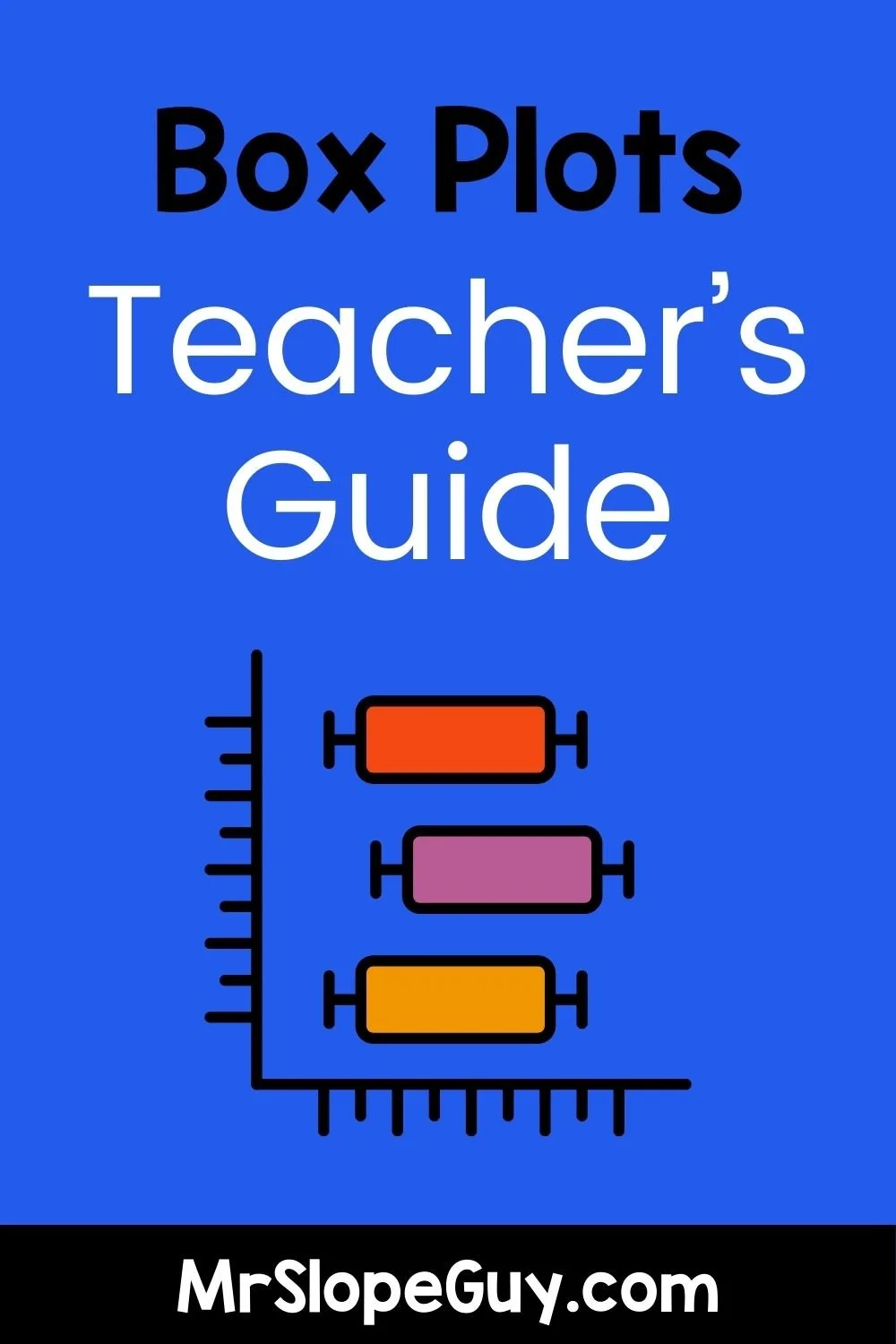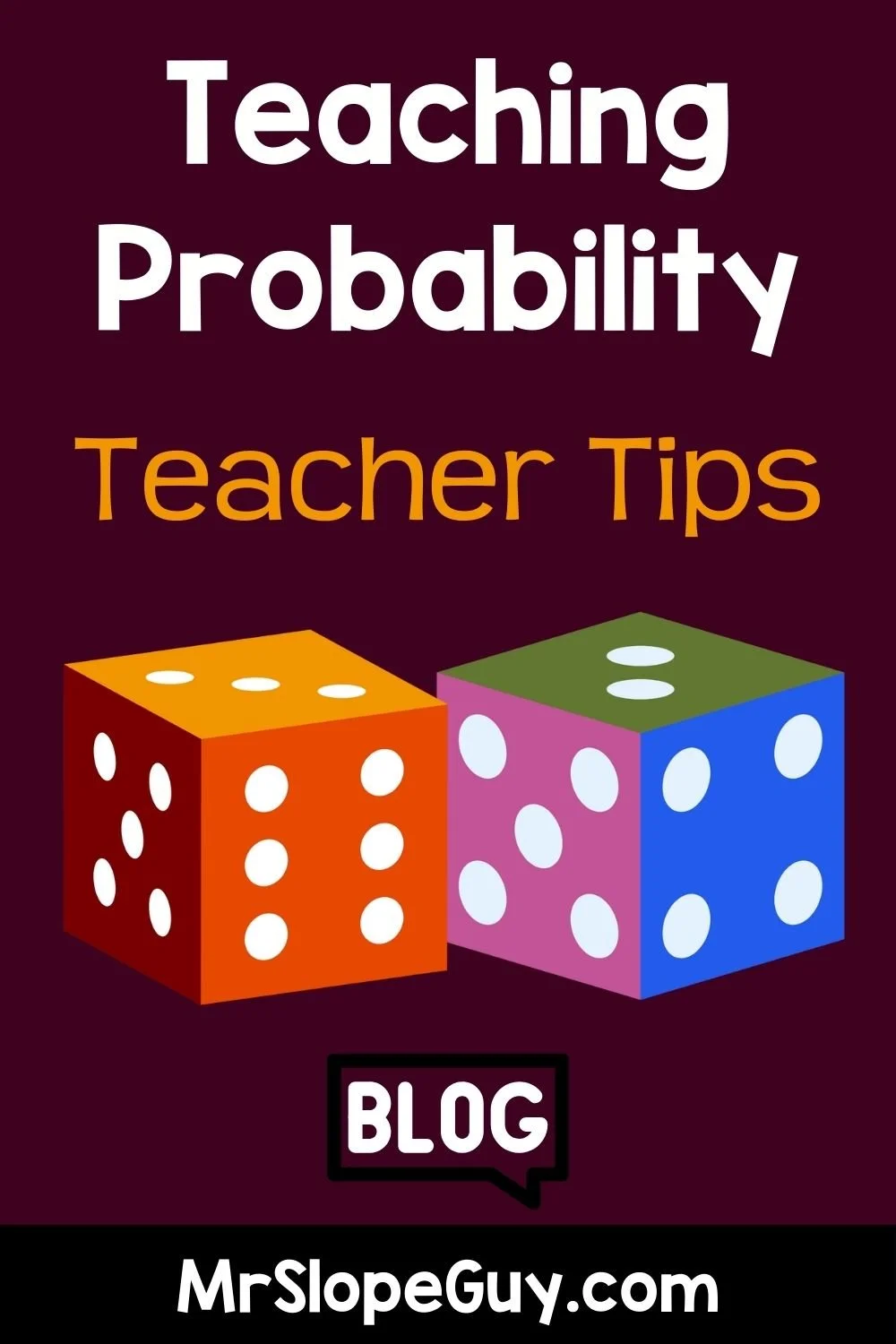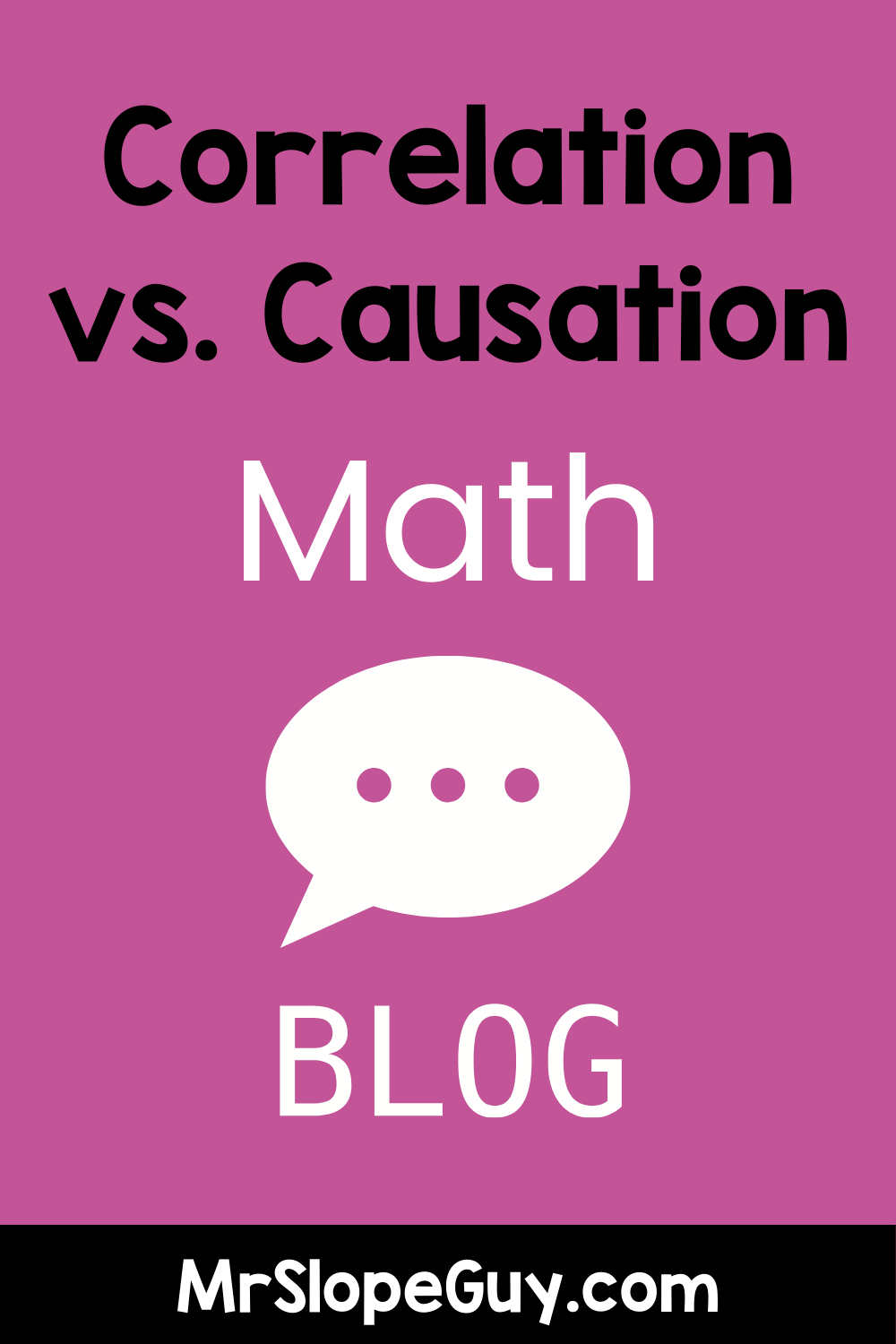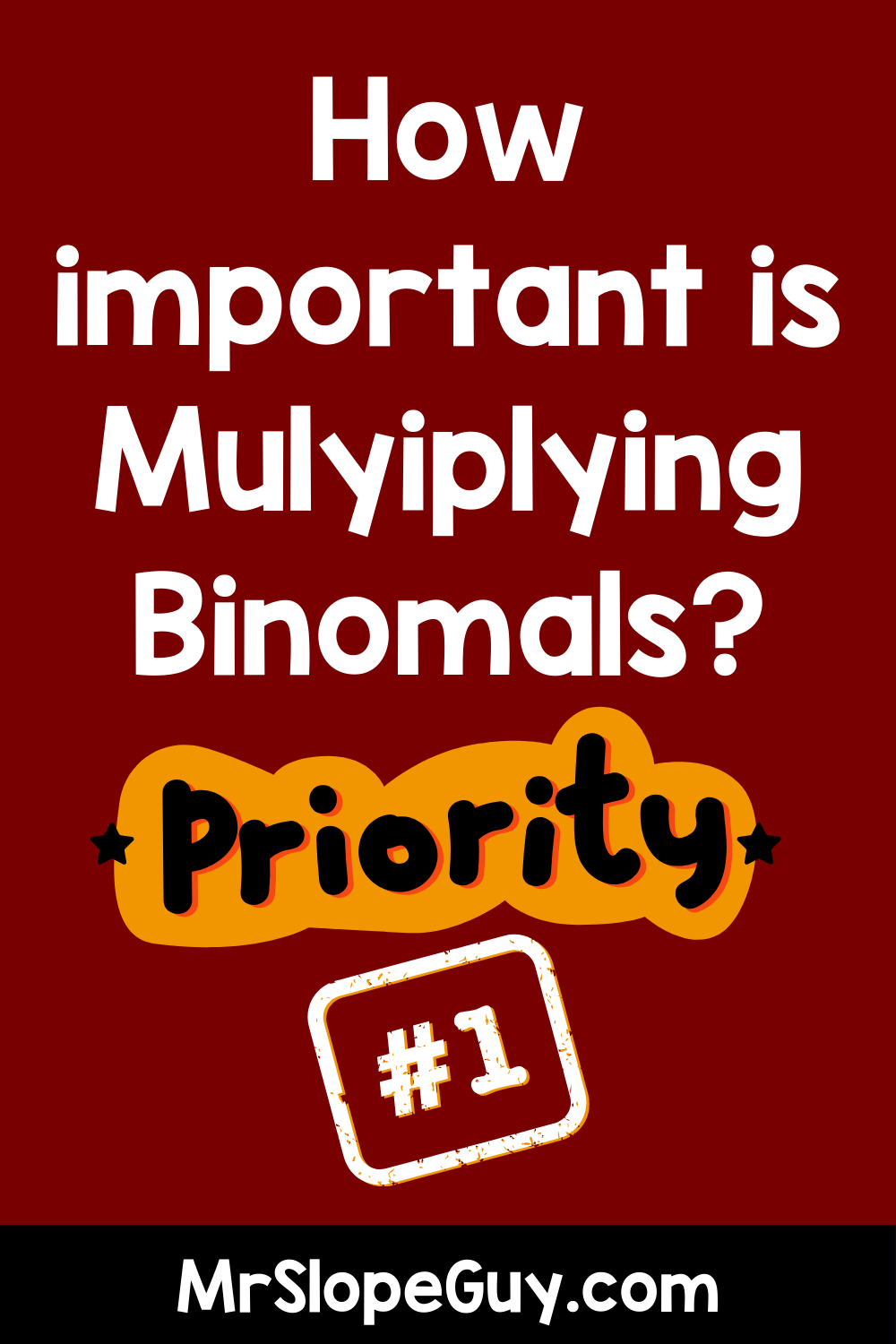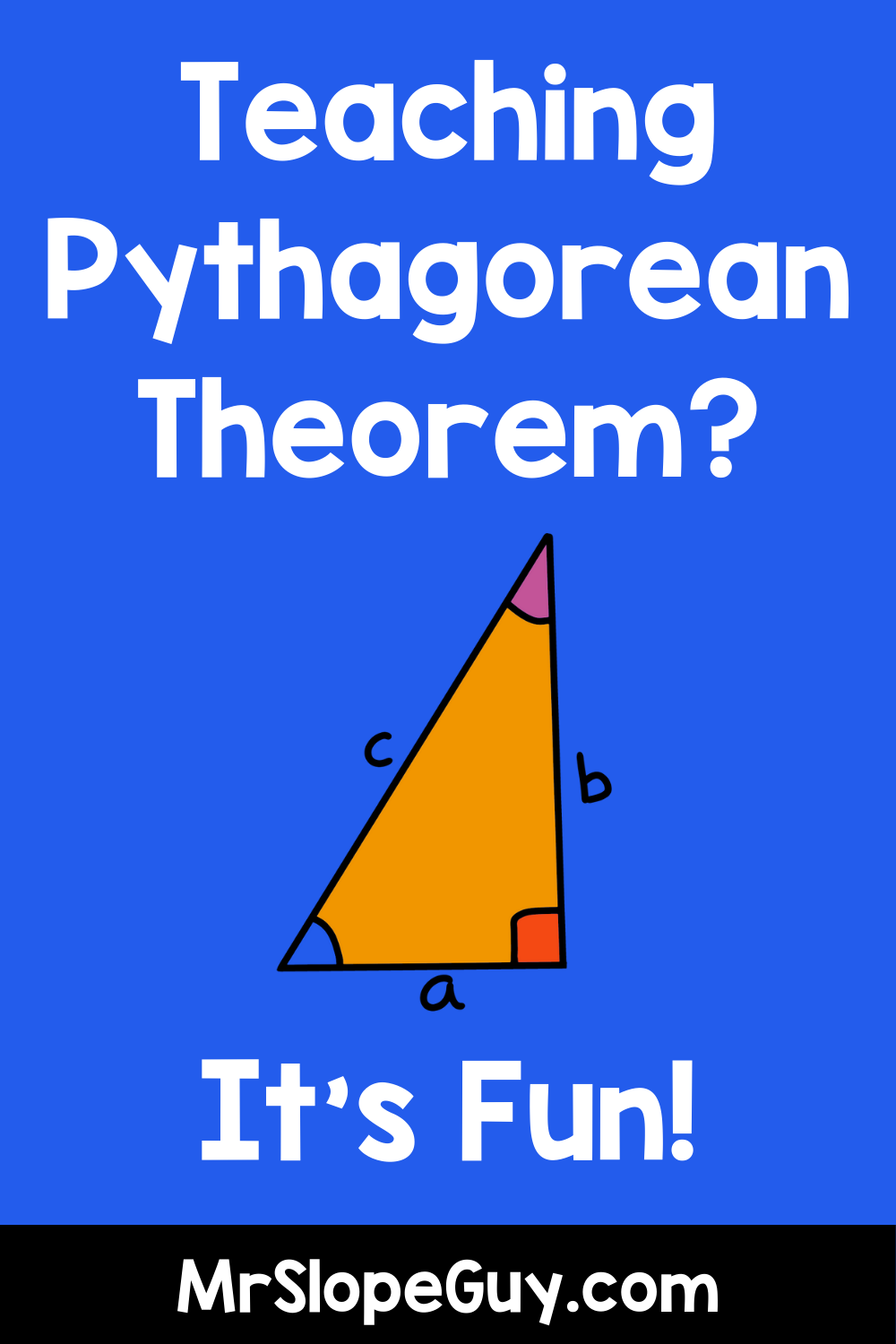Residual Plots: A Powerful Tool for Data Analysis in Math Class
Residual plots are a game-changer for teaching data analysis in math class! These visual tools help students evaluate the accuracy of regression models, revealing hidden patterns and strengthening their statistical reasoning. By integrating engaging activities and real-world applications, educators can transform residual plots from an abstract concept into a powerful skill for data-driven decision-making.
Consecutive Integer Word Problems: Defending Earth from an Alien Invasion!
Consecutive integer word problems have been a staple of Algebra 1 for decades, helping students develop essential problem-solving skills. While they may seem old-fashioned, these problems remain highly relevant, appearing frequently on standardized tests. By adding an exciting alien invasion theme, educators can turn routine practice into an engaging and interactive lesson. This approach enhances student participation while reinforcing key algebraic concepts. Get ready to defend Earth—one equation at a time!
Eyeballing the Line of Best Fit: Building Estimation Skills in Math Class
Teaching students to estimate the line of best fit bridges the gap between intuitive data analysis and formal statistical tools. This blog explores engaging strategies for building estimation skills, addressing common misconceptions, and making math lessons more interactive and fun with real-world data.
Teaching Rotations on the Coordinate Plane: Engage Students with Manipulatives
Unlock the power of hands-on learning with manipulatives to teach rotations on the coordinate plane! Rotations can be challenging for students to grasp, but using tools like clear plastic plates transforms abstract concepts into tangible learning experiences. This step-by-step guide will help your students visualize coordinate transformations, uncover patterns, and build a deeper understanding of geometric rotations. Whether it’s a 90° turn or a 180° flip, engaging activities like these will keep your students inspired and confident in math class.
Teaching Scatterplots: Building Foundations for Data Analysis
Scatterplots are pivotal in math education, bridging raw data with insightful analysis. They visually represent relationships between variables, paving the way for understanding correlations, residual plots, and predictions in real-world contexts.
Algebraic Proofs: Helping Students Apply Properties of Equality like a Champion
Teaching algebraic proofs doesn't have to feel daunting! By focusing on the properties of equality and step-by-step reasoning, you can turn this challenging topic into an engaging and approachable learning experience. In this blog, discover practical strategies, real-world examples, and interactive activities that will help your students master the art of algebraic proofs while developing critical thinking skills for future math success.
Engage Your Middle School Pre-Algebra Students with Colored Pencils
Engage your middle school pre-algebra students by adding a splash of color to your lessons! Using colored pencils can transform abstract math concepts like transformations and angle relationships into engaging, hands-on learning experiences. This simple tool fosters visual understanding, boosts student confidence, and makes math more enjoyable for everyone.
Why We Teach Scientific Notation: Making Sense of Big Numbers in Middle School Math
Scientific notation might not dominate advanced math classes, but it’s a crucial tool for helping students understand the vast range of numbers they encounter in science and everyday life. From comparing the weight of a blue whale to an ant to comprehending a trillion dollars, scientific notation simplifies the extremes of size and scale. By teaching this concept, educators help students build number sense, strengthen exponent skills, and tackle real-world data with confidence.
Using Box Plots to Hit Home Runs in Math: A Teacher's Guide to the "Box and Whisker" Plot
Box plots, also known as "box-and-whisker plots," are a fantastic tool for visualizing data and understanding statistics. This guide explores their history, explains their role in teaching math, and uses baseball stats as a real-world example to bring this concept to life. Learn how to teach box plots effectively and help students hit a home run in their data analysis skills!
Visualizing Data: The Importance of Stem-and-Leaf Plots in Math Education
Did you know that the humble stem-and-leaf plot, created by statistician John Tukey in the 1970s, is a math classroom superstar? This tool bridges the gap between raw data and deeper statistical analysis, helping students understand data distributions while keeping the original values intact. Discover how stem-and-leaf plots build foundational skills, simplify comparisons, and make data visualization engaging and relatable for today’s learners.
Teaching Probability to Middle School Students: Board Game Connections
Teaching probability to middle schoolers can be a blast with engaging, hands-on activities. Using tools like dice, cards, spinners, and real-world games, students gain practical experience with concepts like simple probability, sample space, and independent events. This approach not only makes math class interactive and fun but also equips students with critical thinking skills to analyze and predict outcomes in everyday life. Here’s a guide to introducing probability in a way that’s both educational and enjoyable.
The Importance of Slope-Intercept Form in Math Education
Teaching the slope-intercept form, y=mx+by = mx + by=mx+b, goes beyond the classroom—it builds a foundation in math that students carry forward. From understanding linear relationships to practical applications, this guide explores why slope-intercept matters and how math teachers can make it clear, engaging, and impactful. Learn about strategies for introducing the concept through real-life examples, using visual aids, and reinforcing understanding through regular practice.
Teaching Compound Interest: Einstein's "Eighth Wonder of the World"
Albert Einstein once said, "Compound interest is the eighth wonder of the world. He who understands it earns it… he who doesn't… pays it." This lesson explores the life-changing concept of compound interest, illustrating how it empowers students to make wise financial decisions. Through practical examples and engaging classroom activities, students learn both the power of early saving and the risks of debt, ensuring they are well-equipped for their financial futures.
Teaching Exponential Decay: A Lesson from "The Incredible Shrinking Man"
In The Incredible Shrinking Man, the main character's ever-decreasing size offers an amusing parallel to exponential decay—a math concept where quantities shrink but never quite disappear. By connecting this sci-fi classic to exponential decay, math teachers can make the topic more relatable and engaging for students. Learn how to introduce exponential decay through movie analogies, graphs, and real-world applications, ensuring students grasp this vital concept in a fun and memorable way!
Understanding Correlation vs. Causation: Lessons from a Bumbling Detective
Help your students understand the difference between correlation and causation through the hilarious escapades of a bumbling detective! Explore how his misinterpretations of clues provide valuable lessons on these essential concepts in statistics and critical thinking.
Mastering Integers: The Key to Building Math Fluency
Many students struggle with basic integer operations, and using calculators too early only compounds the problem. In this blog, we explore why developing strong integer fluency is critical for algebraic success. Learn why calculators shouldn't replace mental math and discover strategies for helping students build confidence in working with positive and negative numbers. Let’s ensure students have the foundational skills they need to excel in math—without relying on calculators.
Multiplying Binomials: The Key to Factoring Success
Mastering binomial multiplication is a critical step before students can confidently tackle factoring. In this blog post, we explore why solving at least 200 problems is essential for students to gain fluency and pattern recognition. Discover how this practice not only increases factoring success but also builds confidence and problem-solving stamina. Learn effective strategies to incorporate these practices in your classroom, boost your students’ algebra skills, and access a free worksheet to get started!
The Key to Mastery: Factoring in Algebra
Mastering factoring in Algebra begins with a strong foundation in multiplying binomials. In this blog post, we explore why it's crucial for students to complete at least 200 binomial multiplication problems before they can confidently tackle factoring. With practical strategies such as daily warm-ups, worksheets, and peer tutoring, teachers can help students build this essential skill. We also provide a step-by-step guide for introducing factoring methods, ensuring students develop the proficiency and confidence needed to succeed.
Teaching Angle Relationships in Middle School: Engaging Strategies and Resources
Teaching angle relationships in middle school is an exciting and engaging way to help students develop a deeper understanding of geometry. By incorporating hands-on activities like color-coding with pencils and using targeted worksheets, you can make complex concepts like complementary, supplementary, and vertical angles easy to grasp. This blog explores key strategies for teaching angle relationships, from the Triangle Sum Theorem to angles formed by transversals, and provides resources that make learning both fun and effective.
The Pythagorean Theorem: Why This is One of My Favorite Topics to Teach
The Pythagorean Theorem is a powerful and elegant mathematical tool, and it's one of my favorite topics to teach. Its structured, formulaic nature helps students build confidence as they consistently succeed in solving problems. From hands-on activities measuring right triangles to applying the theorem to real-life scenarios like word problems and calculating distances on a coordinate plane, there are countless ways to engage students. This blog shares why I love teaching the Pythagorean Theorem and offers strategies to help your students excel in understanding and applying it.




